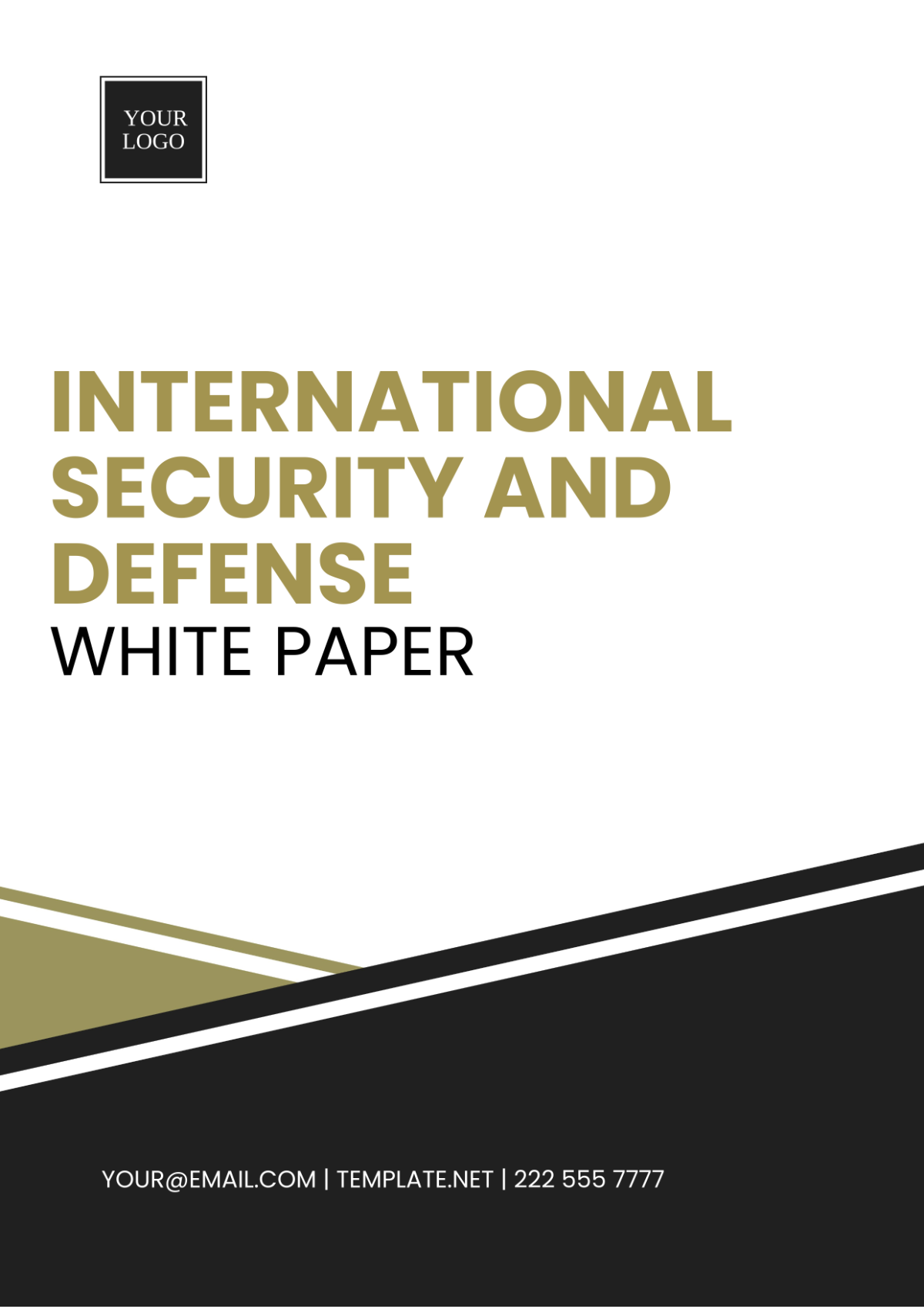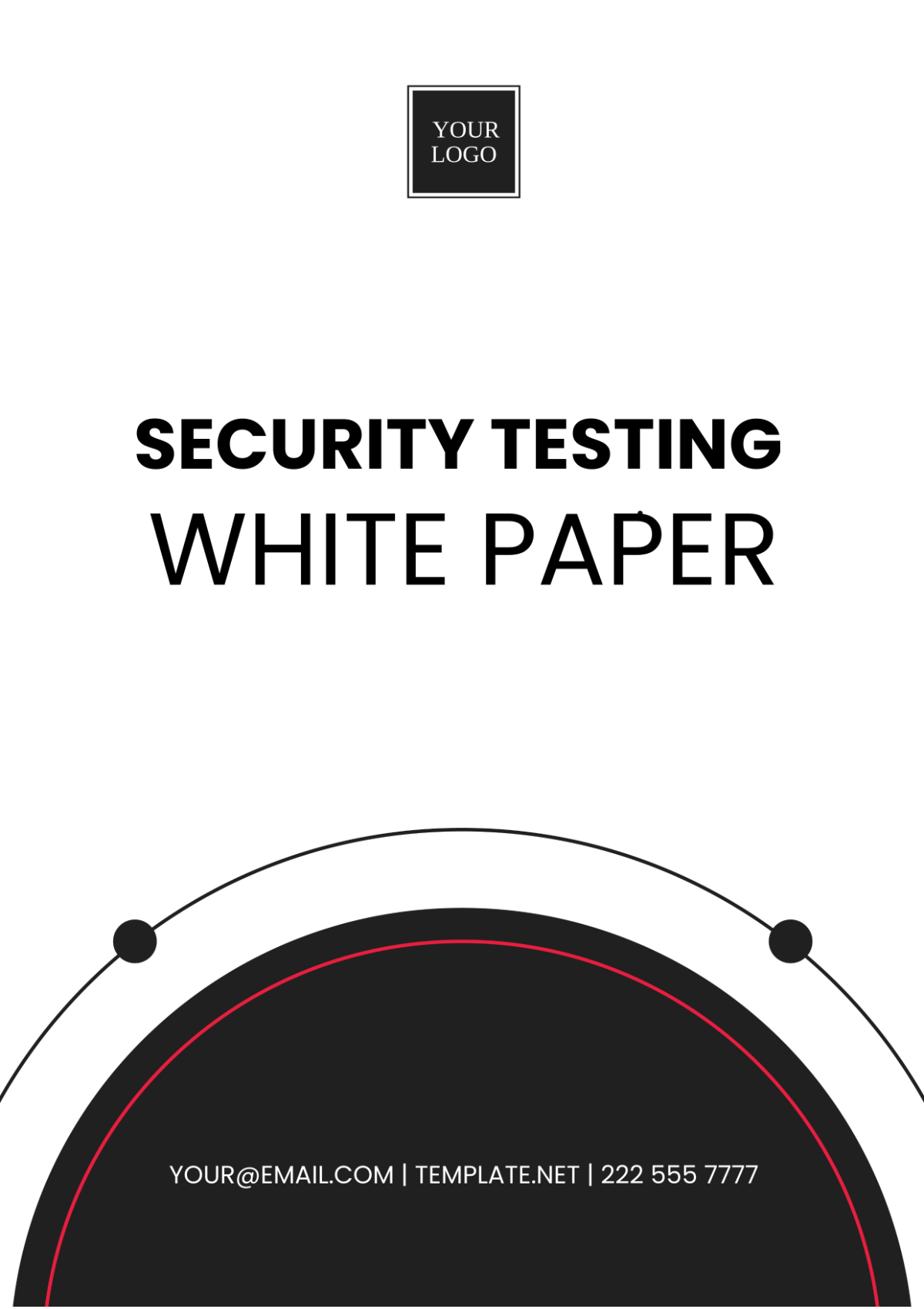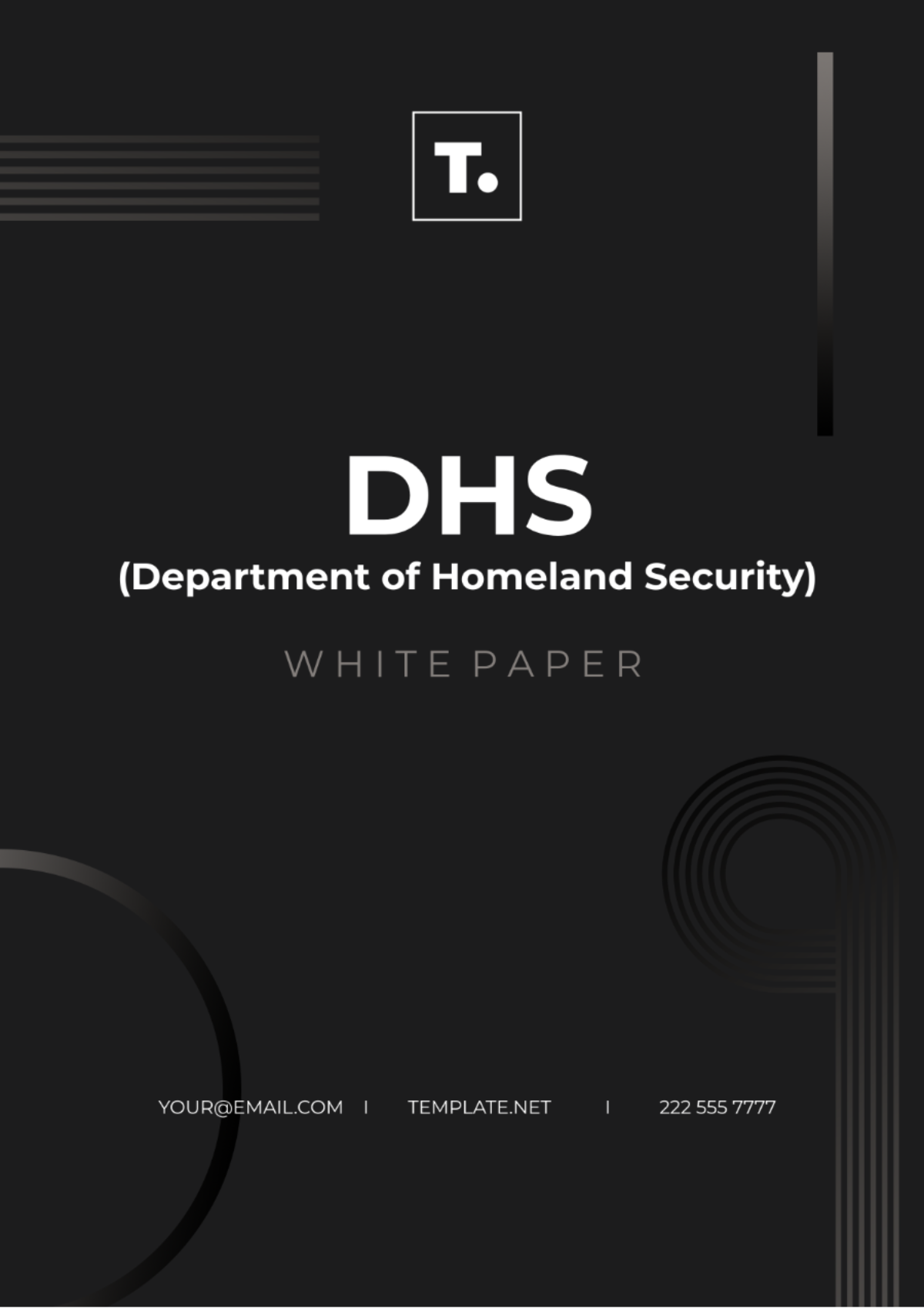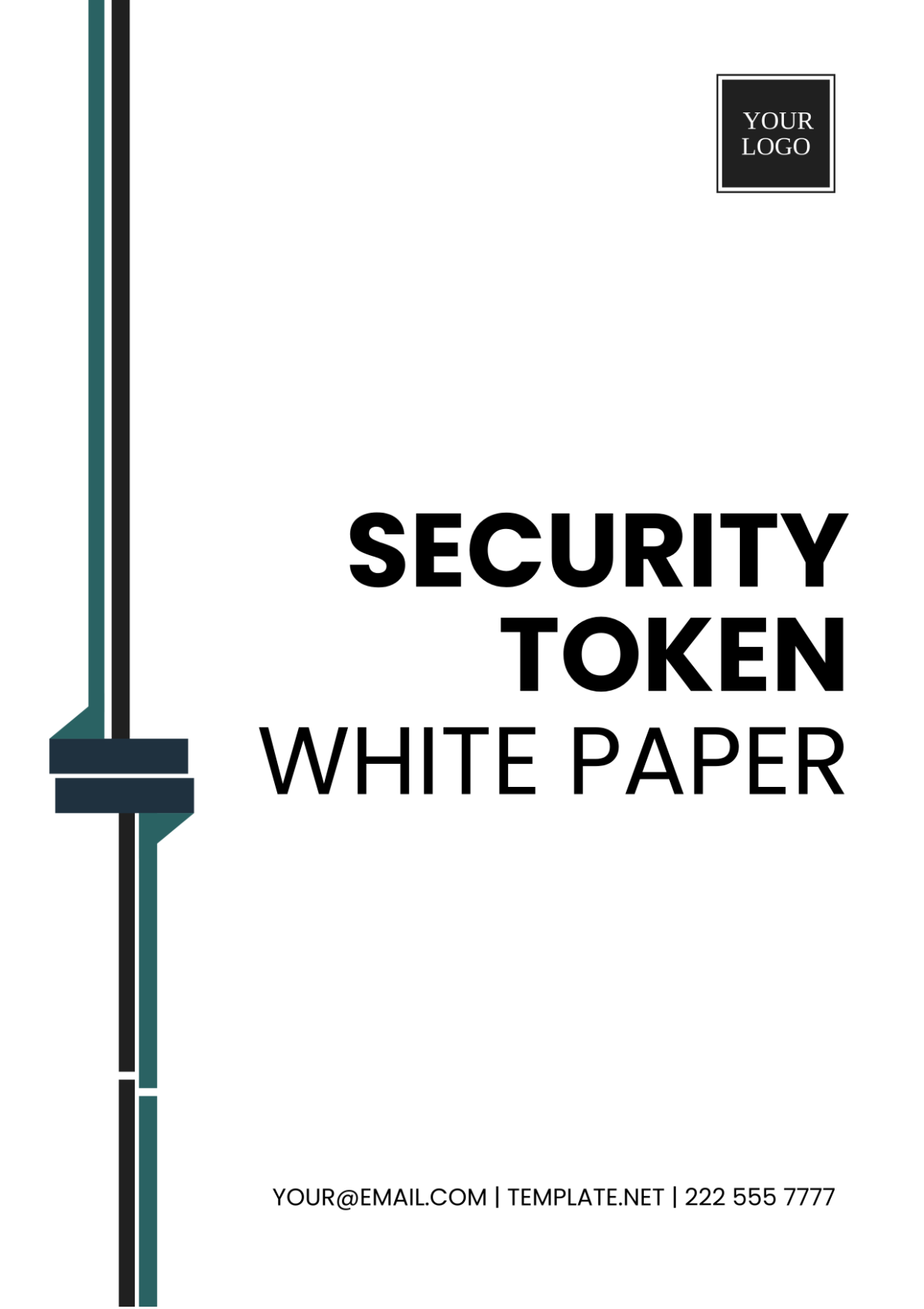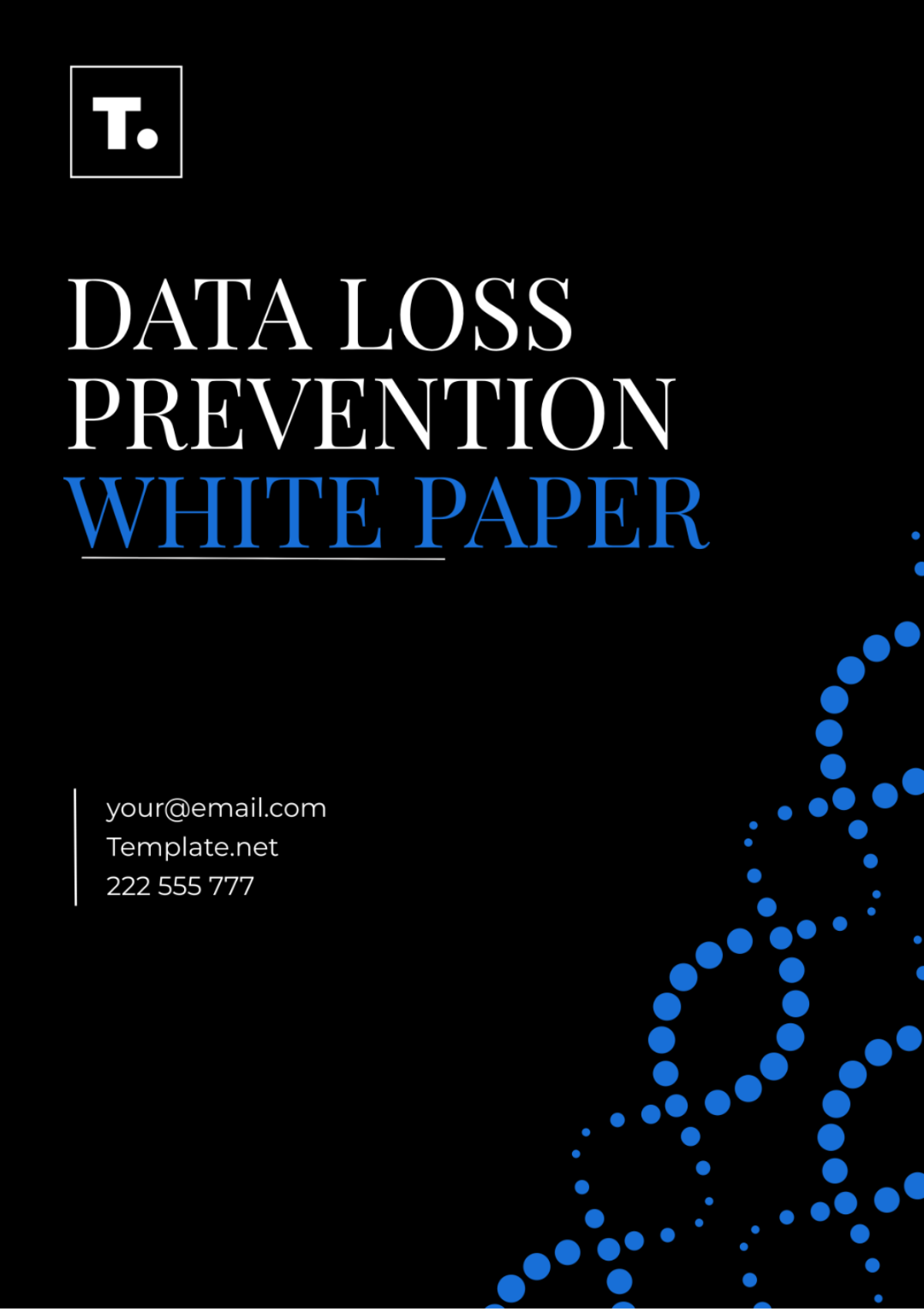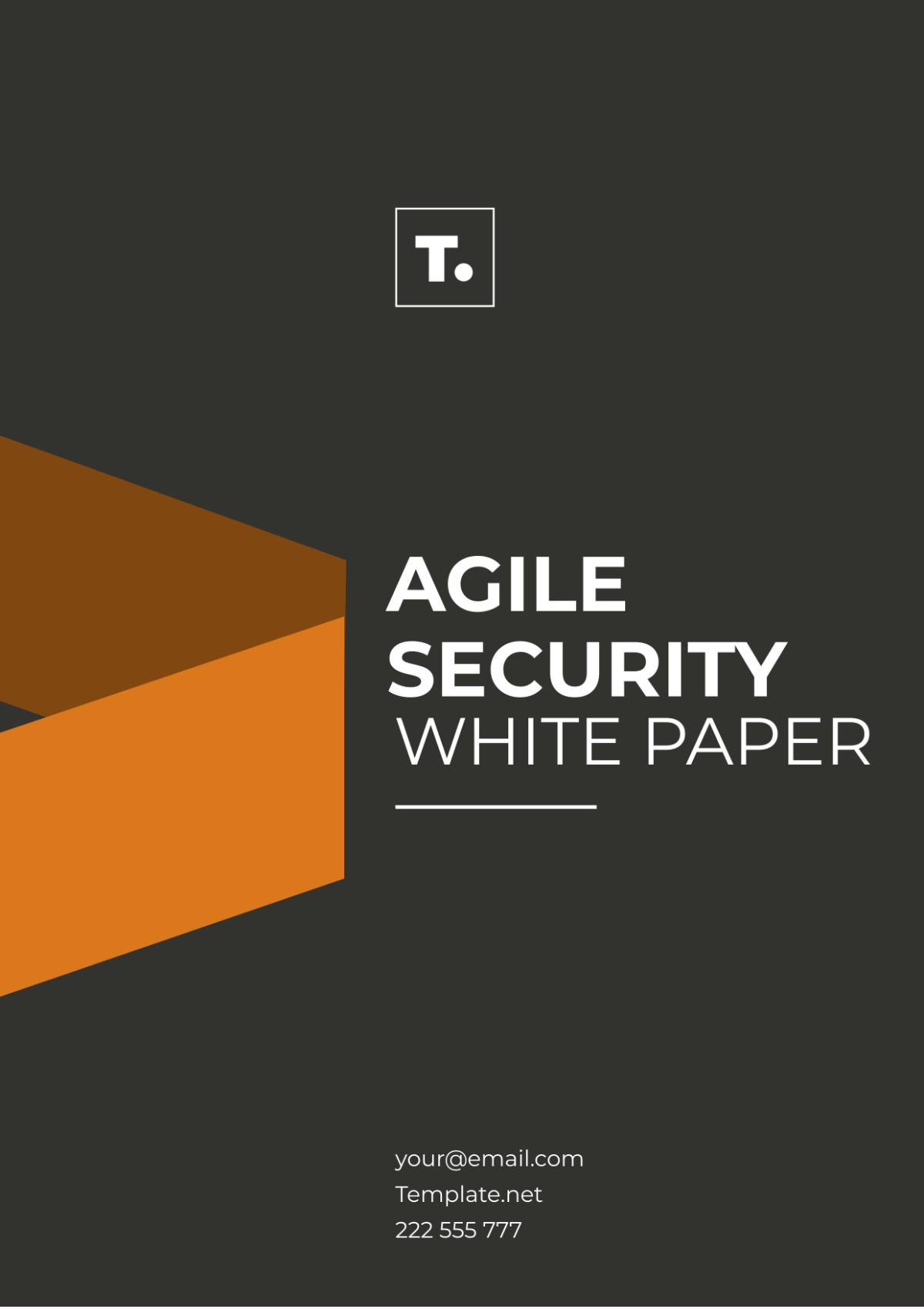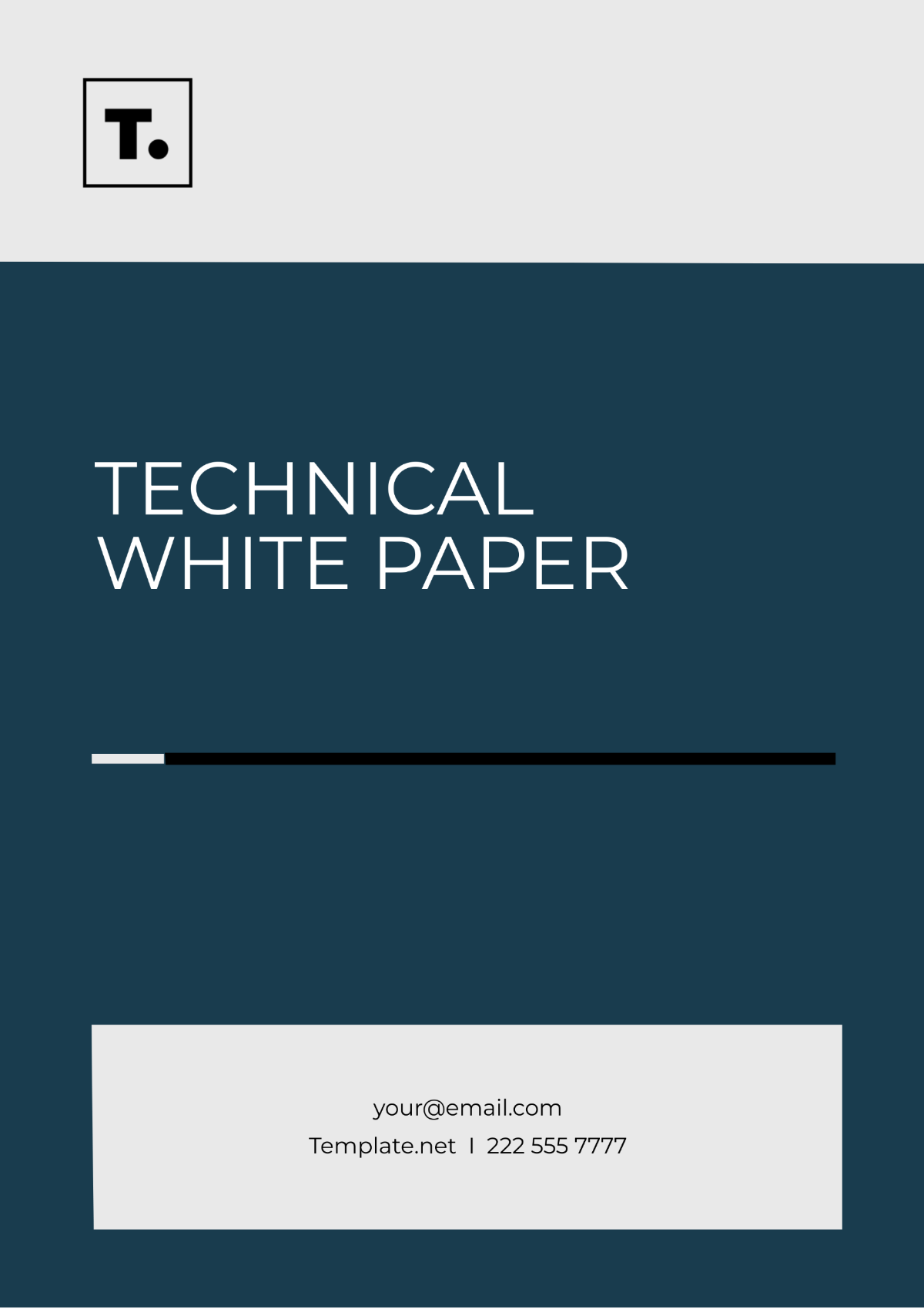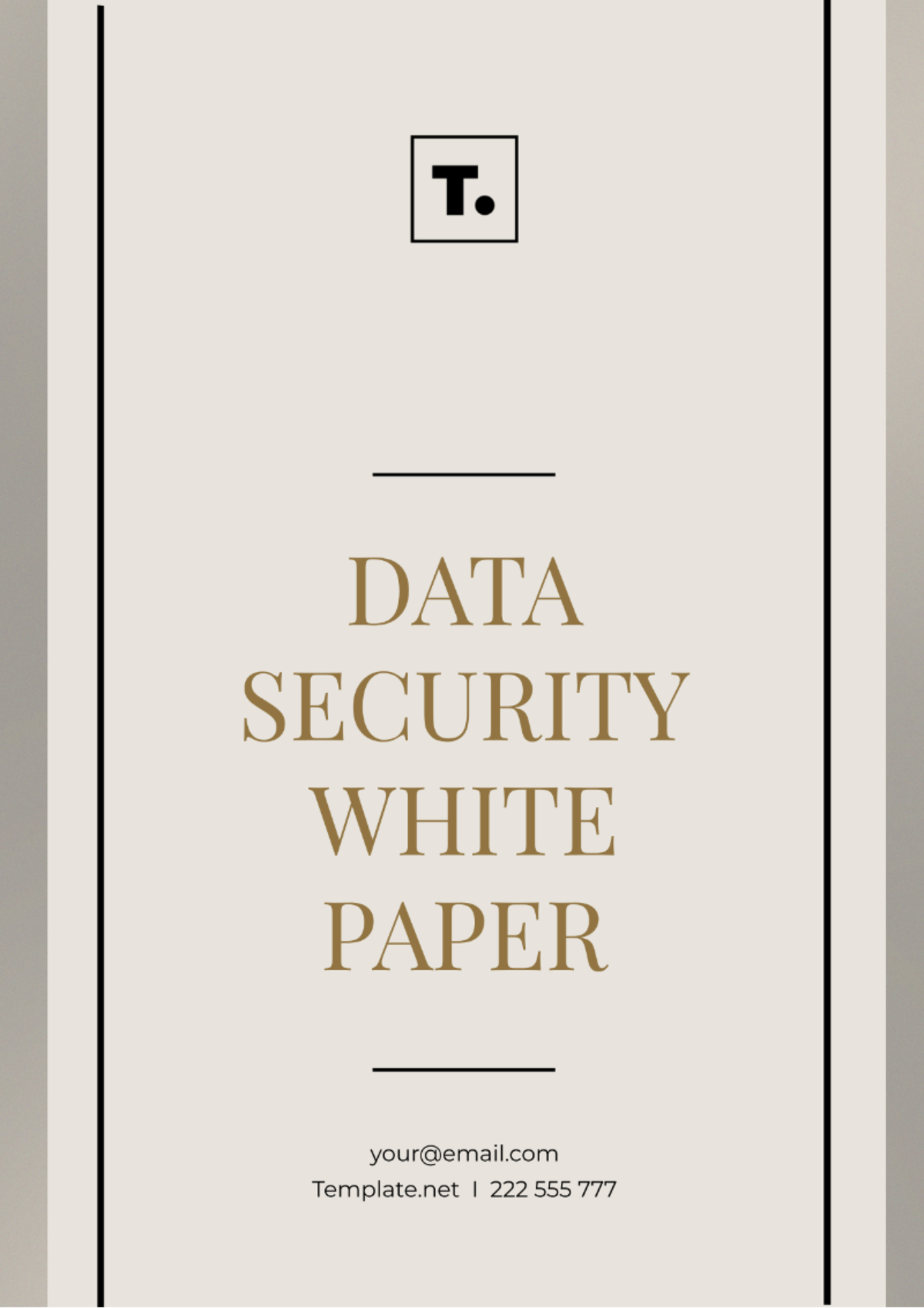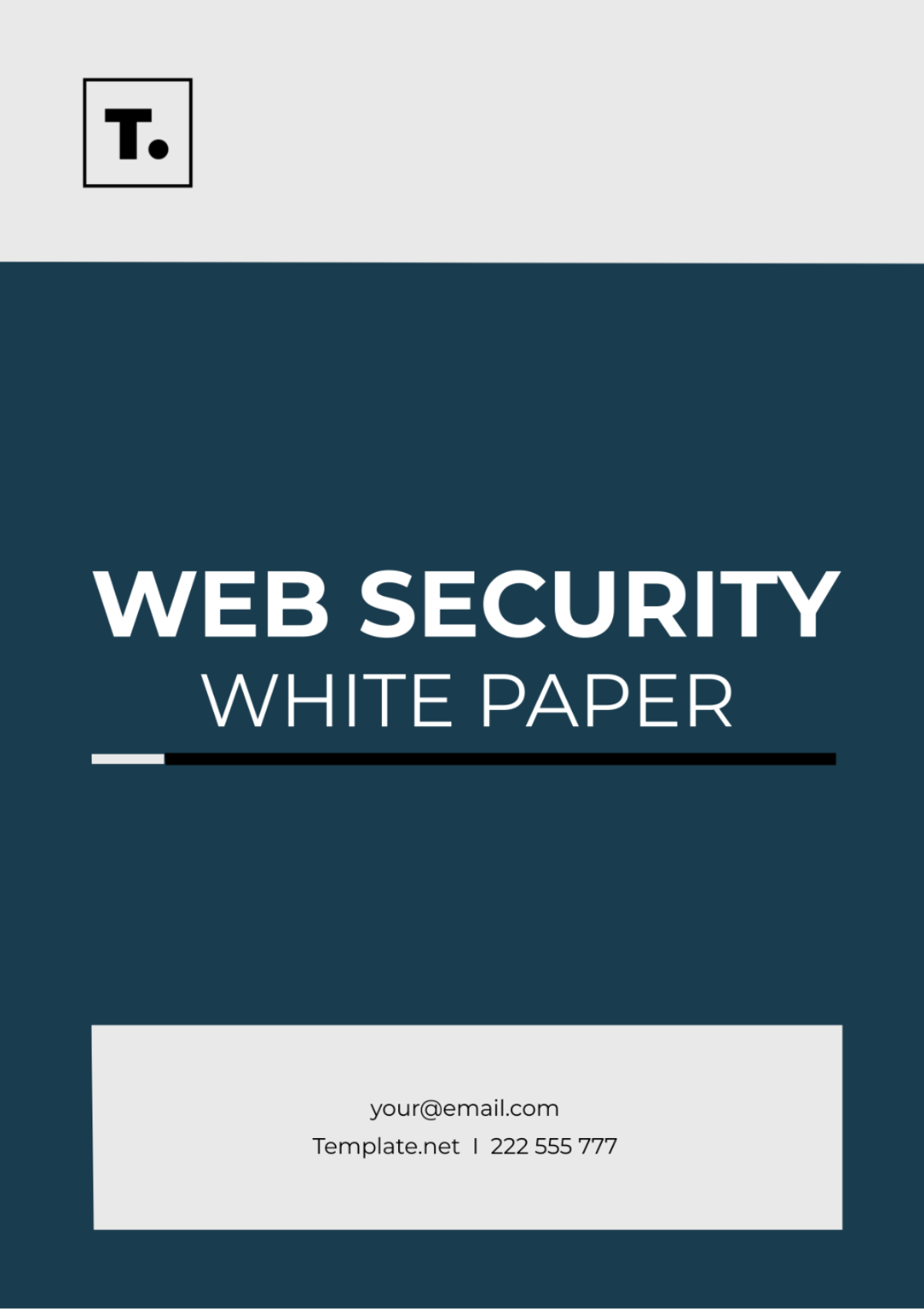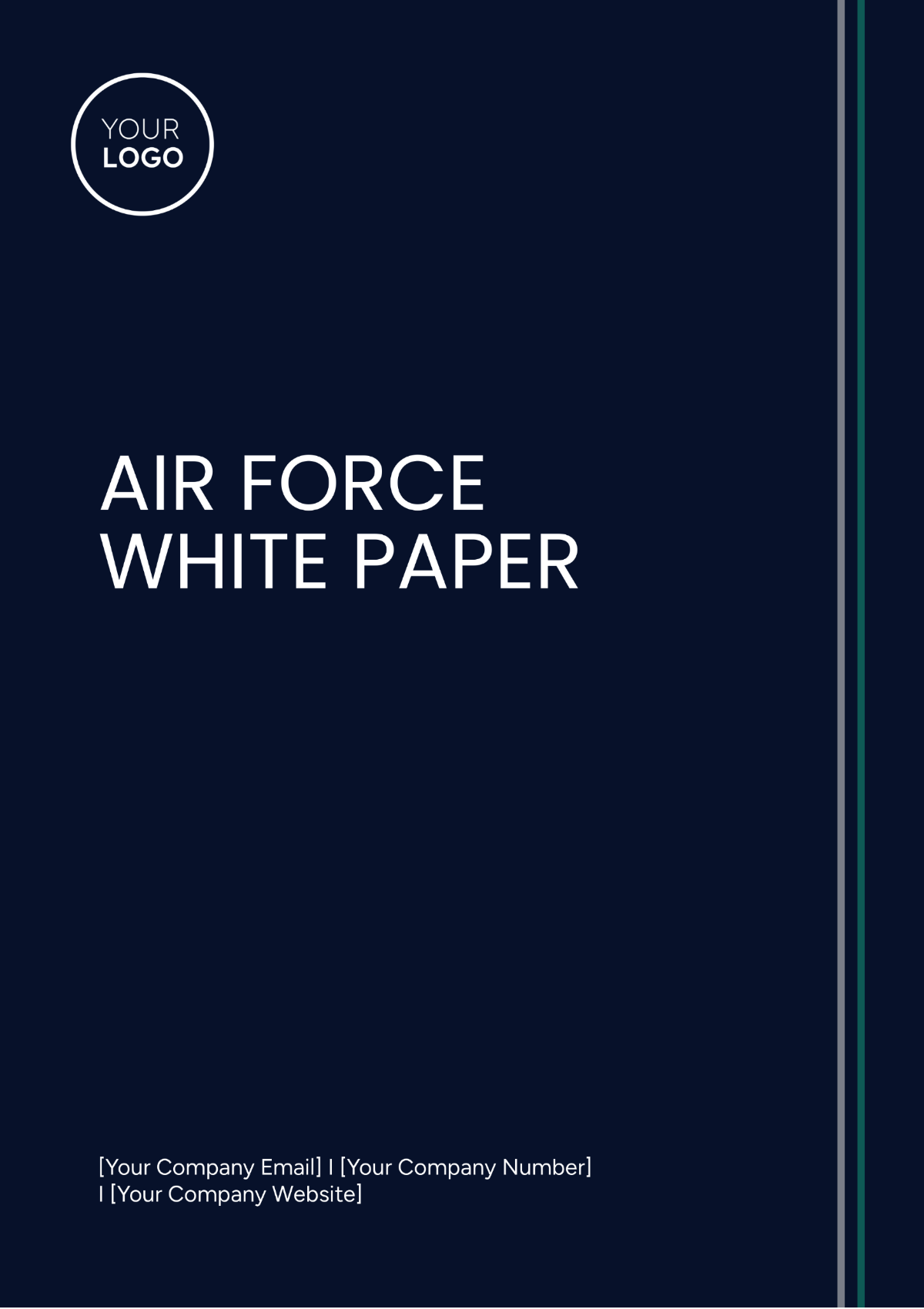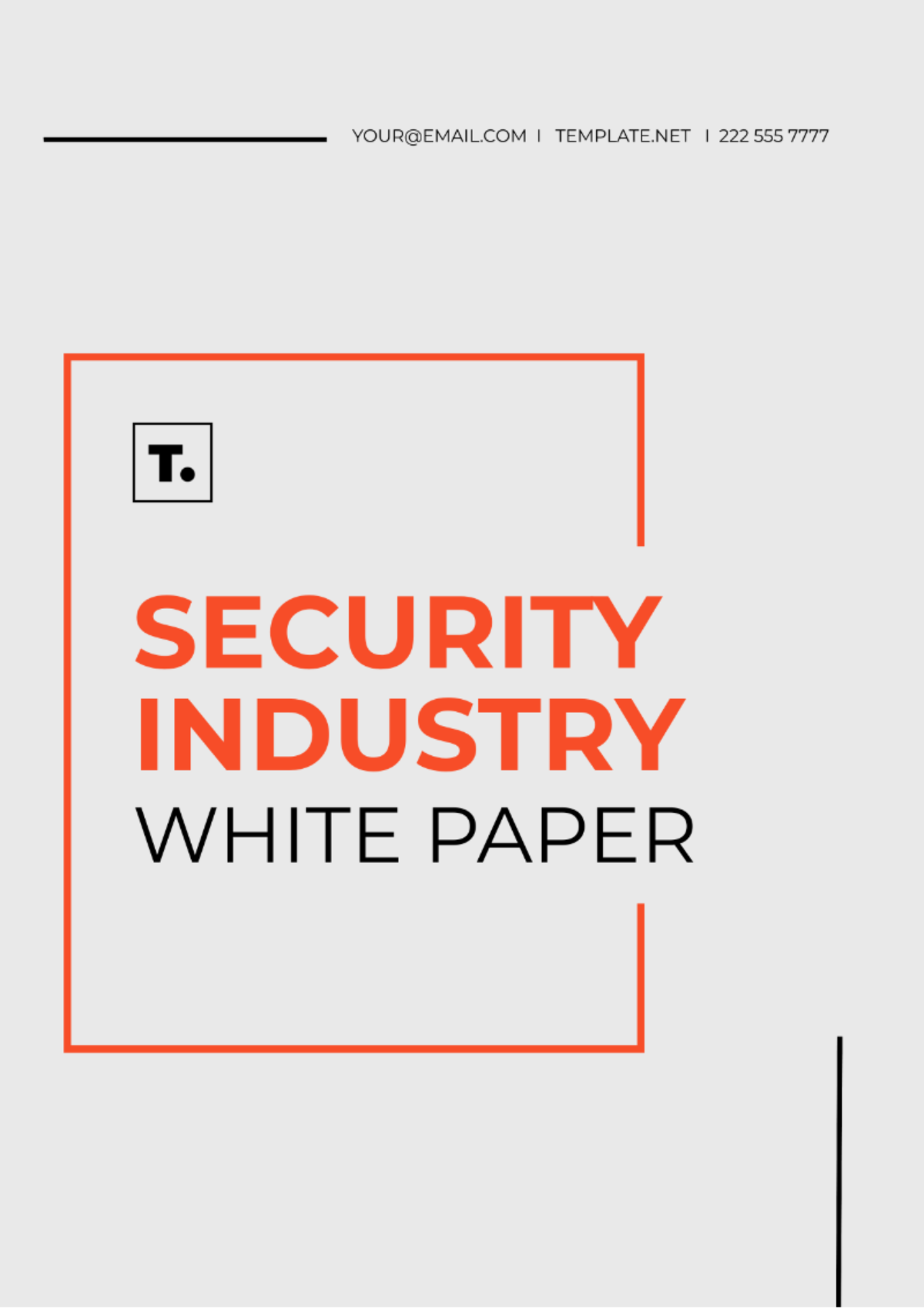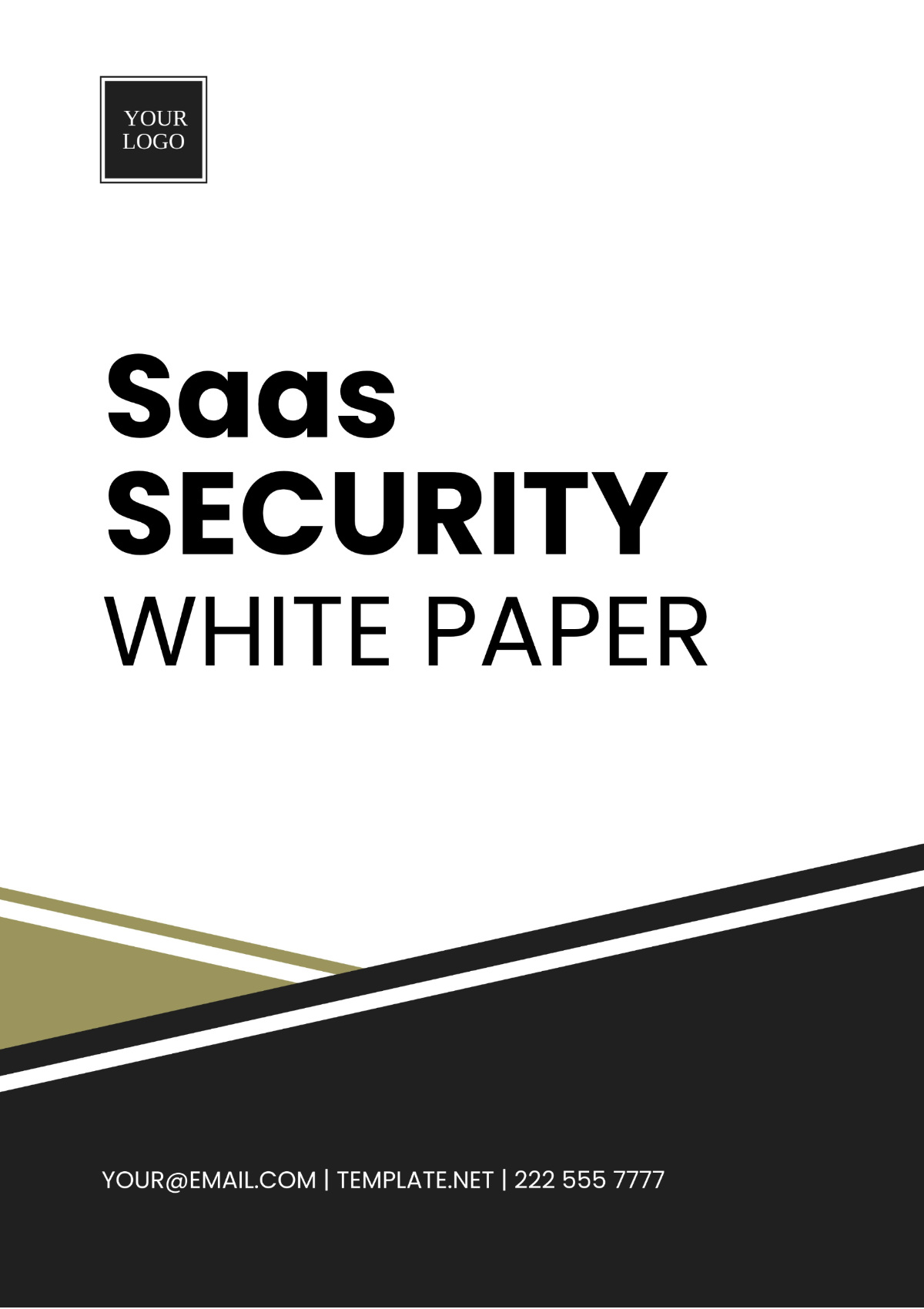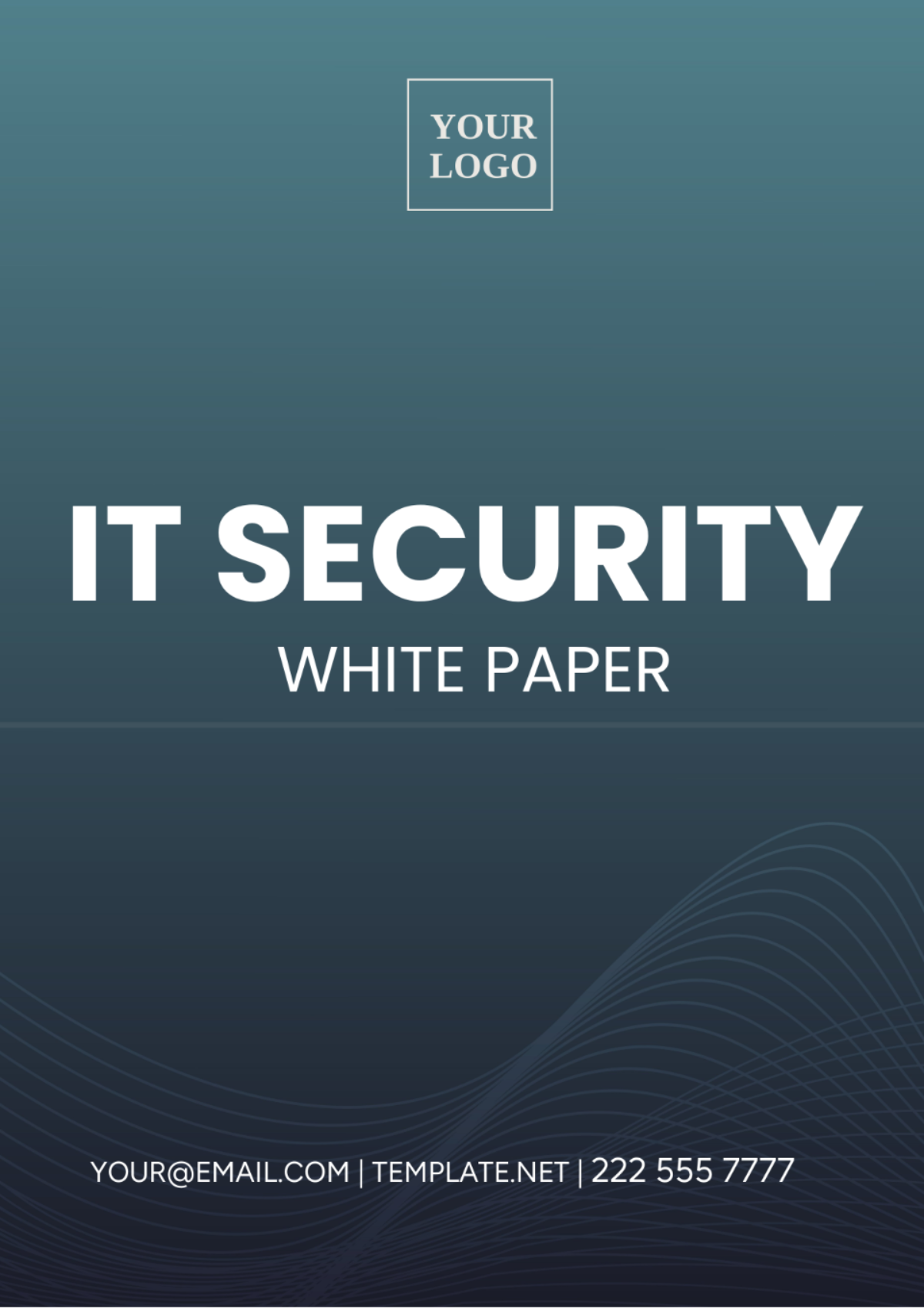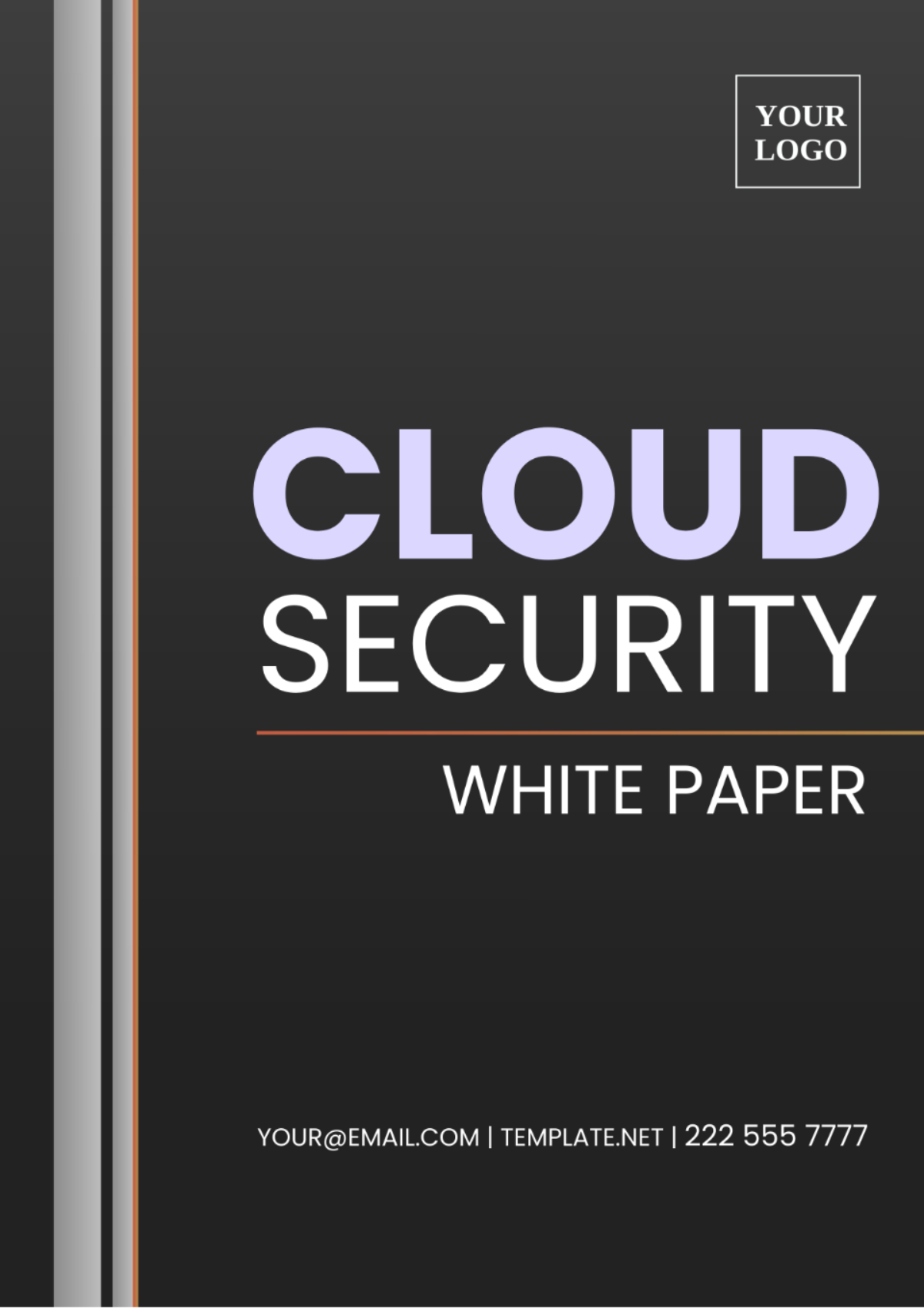AGILE SECURITY WHITE PAPER
_________________________________________________________________________________
_________________________________________________________________________________
Prepared by: [YOUR NAME]
Department: [YOUR DEPARTMENT]
Date: [DATE]
_________________________________________________________________________________
I. Executive Summary

This white paper explores the evolving landscape of IT security within Agile frameworks at [YOUR COMPANY NAME]. It presents a strategic approach integrating Agile methods with robust security measures to enhance protection against sophisticated cyber threats.
II. Introduction
The need for security within Agile project management is more critical than ever as cyber threats continue to evolve. This document provides insights into effective strategies and techniques that [YOUR COMPANY NAME] can adopt to secure its Agile processes without compromising the speed and flexibility that Agile offers.
III. Challenges of Integrating Security in Agile Environments
Agile methodologies emphasize speed and flexibility, which often leads to security being an afterthought. This section outlines the common challenges faced by organizations including:
Limited security integration in daily scrums
Security adaptations to continuous deployment
Risks associated with rapid iteration cycles
IV. Strategic Recommendations
[YOUR COMPANY NAME] can fortify its Agile practices by implementing the following security enhancements:
1. Security Sprint Planning
Incorporate dedicated security sprints that focus on vulnerability assessments and mitigation strategies.
2. Automated Security
Tools Utilize automated tools to perform code analysis and security audits in real time during development phases.
3. Security Training
Regular security training sessions for Agile teams to increase awareness and expertise in addressing security issues promptly.
V. Case Studies
This section includes case studies highlighting organizations that have successfully integrated security within their Agile processes, such as:
[Company 1]: How they implemented automated security tools within their CI/CD pipeline.
[Company 2]: Techniques used to conduct regular security training and its impact.
VI. Implementation Plan
The following table outlines a phased approach for integrating the recommended security practices at [YOUR COMPANY NAME].
Phase | Objective | Duration | Key Activities |
|---|---|---|---|
1 | Planning & Assessment | 1 month | Identify security gaps and plan sprints. |
2 | Implementation | 3 months | Deploy automated security tools and conduct initial training sessions. |
3 | Evaluation & Adjustment | 2 months | Review security improvements and adjust based on feedback. |
VII. Conclusion

Integrating security into Agile methodologies at [YOUR COMPANY NAME] not only enhances protection but also ensures that security evolves in tandem with development practices. By adopting the strategic recommendations outlined in this white paper, [YOUR COMPANY NAME] can effectively mitigate potential risks, fostering a more secure and resilient Agile environment.
VIII. References
Document all sources of information, data, and research used in the white paper. Adhere to a consistent citation style.
IX. Appendix
Include supplementary information such as detailed data tables, technical descriptions, or in-depth case studies.

